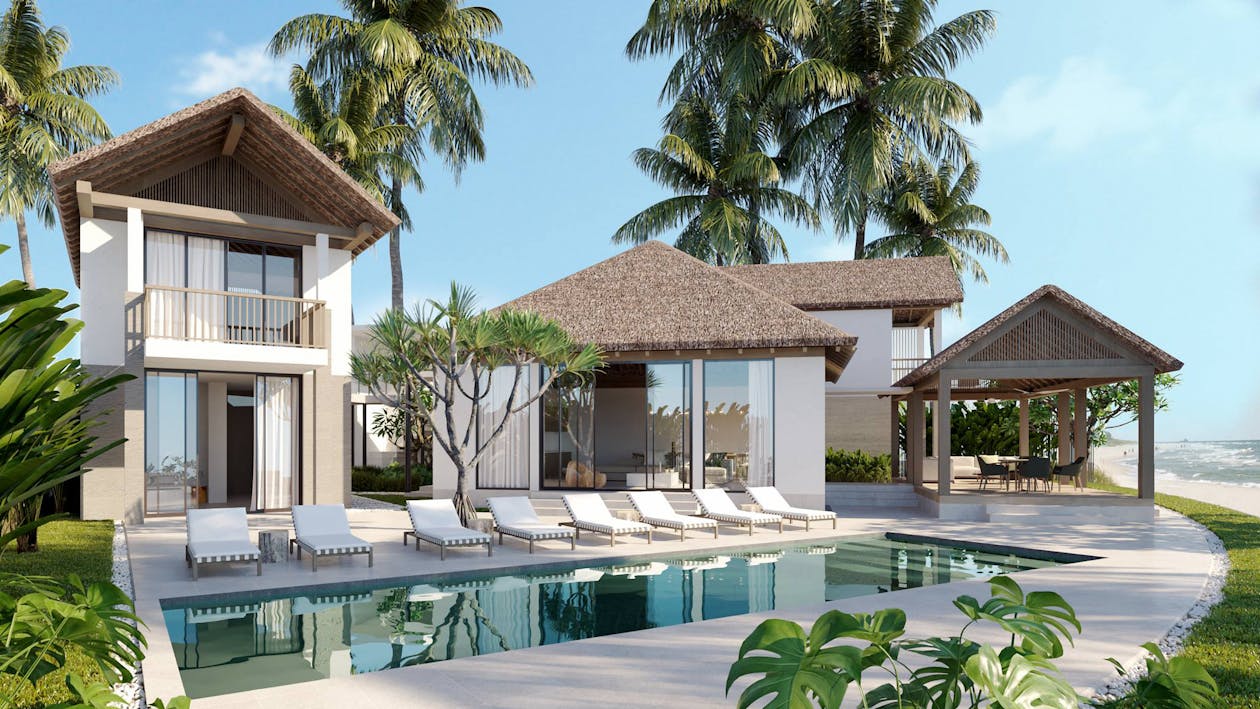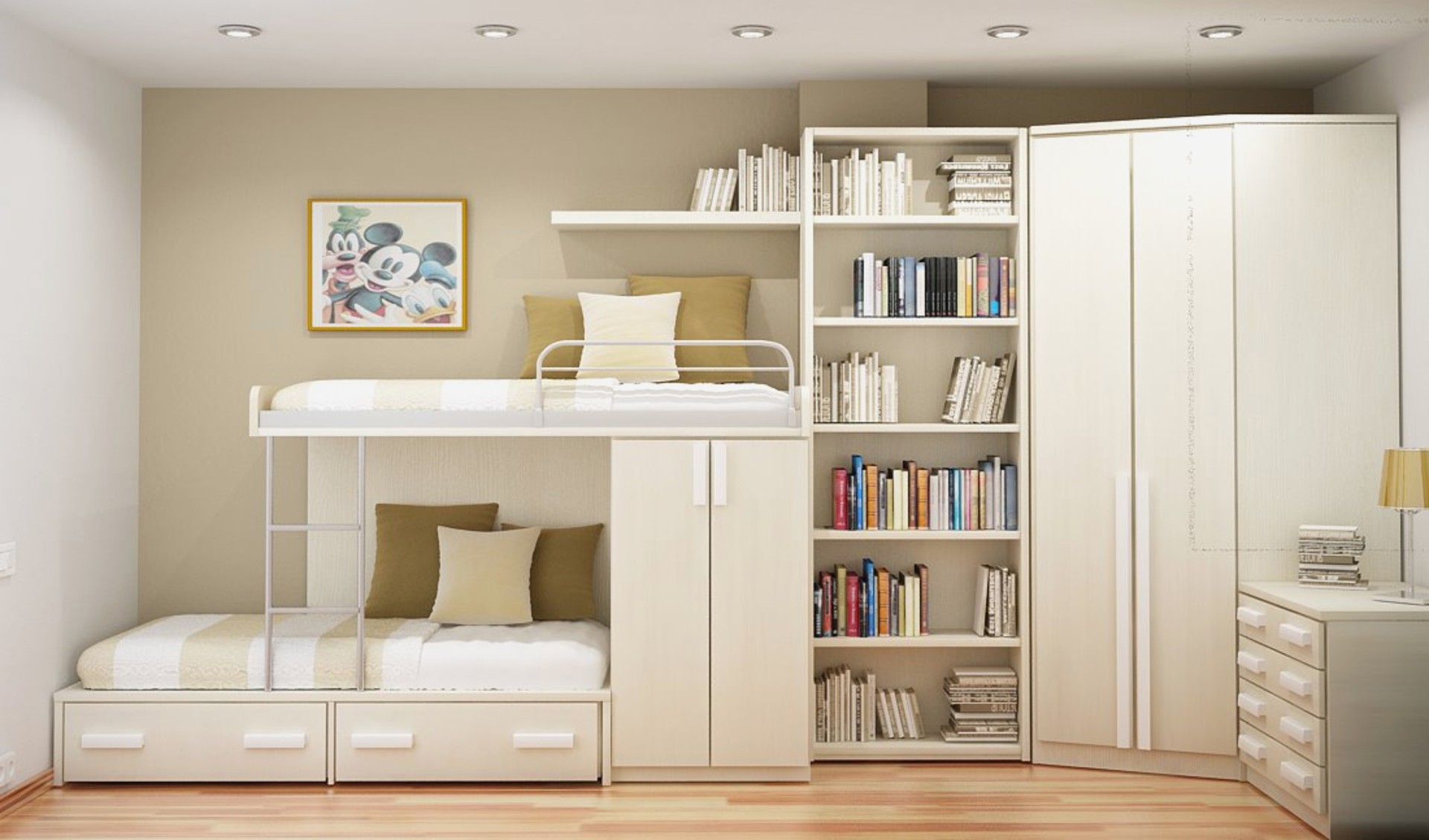
The Property Market In Malta
For expats, buying a villa in Malta is a daunting task. It can be difficult to understand the rules and how they work, what is acceptable, and what you should expect. This guide will help to explain the process and protect you when purchasing property in Malta. The property market in Malta is dynamic. There are many options for property to rent or purchase. You can find a variety of properties, including old Maltese homes, modern apartments, and stunning villas for sale in Malta. The active interest of foreign buyers has made Malta’s real estate market stable and balanced. Prices have fallen slightly during downturn, but not enough to cause major disruption.
What Properties Can Be Found In Malta?
You can choose from a wide range of new-build apartments, historical houses, converted Palazzos, terraced homes, villas, and maisonettes. Some historic villages in central Malta, just a short drive from Italy, have elegant townhouses, and traditional homes. The prices are significantly higher in Malta than Sicily. One of the most popular and busiest areas in Malta is St. Julian’s. Because it is densely populated, most properties available are apartments. Prices will be heavily affected by their proximity to the beachfront. This area is extremely popular among investors who buy-to-let. Properties can be very expensive. You can get more space with less hustle if you look east or west of the hub.
Buying property in Malta’s Special Designated Areas
All over the islands are designated special designated areas (SDAs), which allow villas to be built. Due to the scarcity of land in Malta, villas can be quite costly. However, if you do buy one, you will get a lot of value. The plot that comes with a villa usually is quite large and the house is often quite spacious. Sometimes you can buy a villa that was built in the seventies and then renovate it. This will help you save some money but these villas are very rare. You should look to the southeast and south if you want to live in a Maltese traditional house. Although traditional properties with character are more expensive to buy due to their exclusivity they also have a higher price tag. However, you must consider all the additional costs that come with owning an older property.
New Developments Available In The Country
There are many new developments available in the country, as well as traditional properties and villas. Most are located within Special Designated Areas, which are often high-profile developments that are prominent due to their design and features. SDAs are mainly composed of high-spec, modern apartments. As such, they will usually have amenities. Tigne Point is a development in Sliema that includes a large shopping mall, cafes and offices, 385 apartments, and a marina on Manoel Island. SDAs are highly sought-after due to their high specifications and convenient location. They are also very popular with international buyers. This has led to mixed communities of Maltese expats and Maltese.

The Process Of Property Buying & The Fees
A permit is required to purchase property in Malta from foreigners. If the property you are looking to purchase is located in a Special Designated Area, (SDAs), or is intended to be your primary residence, an AIP is not required. After you have been a resident of Malta for at least five consecutive years, you are allowed to buy any property without restriction. Once you’ve decided which property you want to buy, the next steps are very simple. This makes buying property in Malta quite straightforward. After a buyer finds a suitable property, and the price and other conditions have been agreed upon with the seller, the buyer enters into a Preliminary agreement (also known as the Promise of Sale or “Konvenju”) The Agreement is essentially a promise by the seller to sell and by the buyer to buy within a specified time frame.
What About The Agreement?
Other terms and conditions are also included in the Agreement, including the approval of a loan by a bank and structural checks of property by an engineer or architect of the buyer’s choosing. Public Registry and Land Registry searches will be conducted during the term of the Agreement to establish the legal title to the property. The buyer usually pays a 10% deposit to secure the property. Within one day of signing, the Preliminary Agreement should be filed with Commissioner of Inland Revenue. The Notary will draft the final sale deed if the searches are successful and there is nothing that could hinder the purchase. The buyer will transfer the money to the seller after signing the final deed. After that, the keys will be handed to the buyer. This completes the transfer.


